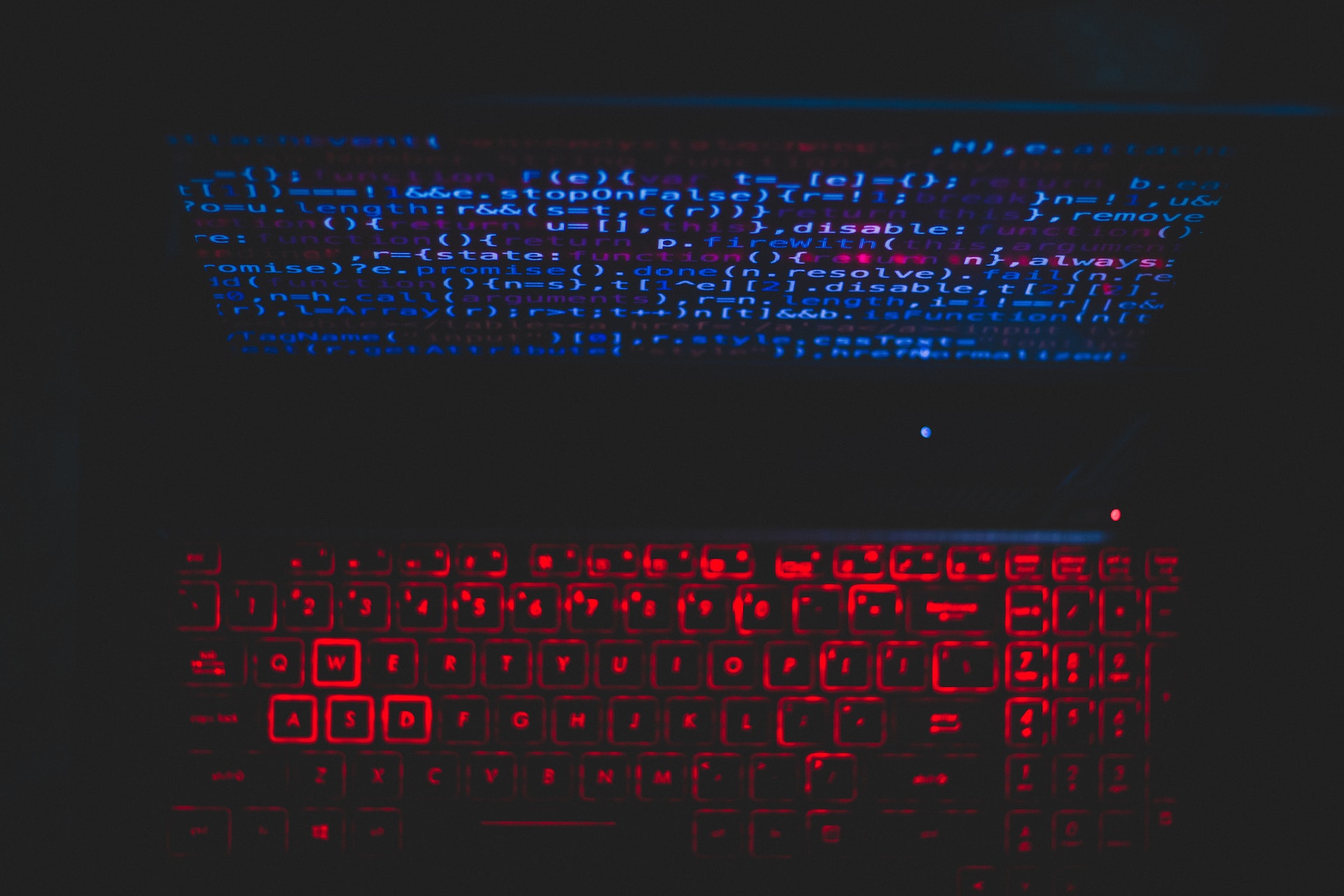History of AI and Algorithm Creation
What better place to begin than defining artificial intelligence?
Artificial intelligence, AI, is intelligence demonstrated by machines rather than natural intelligence which is depicted through humans and animals as a matter of fact. More specifically, AI is the theory and development of computer systems being able to perform tasks that would usually require human intelligence. These tasks can include aspects of visual perception, decision-making, and speech recognition just to name a few.
But what about algorithms, how do they feed into artificial intelligence?
An algorithm, in respect of machine learning, is the method by which the artificial intelligence system conducts its task, with a general function to predict output values from given input data. Two main processes typically constitute machine learning algorithms – classification and regression.
A brief history
The history of artificial intelligence dates back to further than you may expect. Scientists and researchers for decades on end have been exploring ways to create this new form of intelligence and improve it to the aspect where it can do things in a space of time that wouldn’t be physically possible for human intelligence to replicate – and that even goes for the smartest individuals.
The following is a timeline showing some of the key, landmark events across the 20th century which saw the emergence of artificial intelligence and how it evolved from effectively just an idea to the first publicly available speech recognition software just before the turn of the 21st century:
- 1949 – The first sorted program computer is invented (Machester Mark 1)
- 1955 – The first Artificial Intelligence program is created, Logic Theorists
- 1963 – DARPA funds AI at Massachusetts Institute of Technology (MIT)
- 1965 – Moore’s Law
- 1968 – Predictions from Arthur Clarke and Steve Kubrik, “By the year 2001 we will have machines with intelligence that matched or exceeded human’s”
- 1986 – Navlab (first autonomous car) built by Carnegie Melon
- 1997 – Deep Blue (computer) defeats Gary Kasparov at chess. Dragon Systems release the first publicly available speech recognition software
Since 1997 which saw two big breakthroughs in AI, it is clear for everyone to see that since then the algorithm creation has become far more advanced and its led to a modern world which is now dominated by artificial intelligence, playing a huge role in our everyday lives.
Evaluating algorithms
Companies strive for the best algorithm creation with it in turn leading to a better software or product. Many companies evaluate and assess the level of algorithms companies are producing, one of these being NIST – The National Institute of Standards and Technology.
They provide assessment in various disciplines of AI including FRVT (Facial Recognition Vendor Test), PFT (Proprietary Fingerprint Template), and MINXEX (The Minutiae Interoperability Exchange Test).
We look forward to seeing how AI continues to evolve in the future!

